Apr 28, 2023
What you eat can reprogram your genes
Posted by Shailesh Prasad in categories: biotech/medical, genetics, life extension, neuroscience
People typically think of food as calories, energy and sustenance. However, the latest evidence suggests that food also “talks” to our genome, which is the genetic blueprint that directs the way the body functions down to the cellular level.
This communication between food and genes may affect your health, physiology and longevity. The idea that food delivers important messages to an animal’s genome is the focus of a field known as nutrigenomics. This is a discipline still in its infancy, and many questions remain cloaked in mystery. Yet already, we researchers have learned a great deal about how food components affect the genome.
I am a molecular biologist who researches the interactions among food, genes and brains in the effort to better understand how food messages affect our biology. The efforts of scientists to decipher this transmission of information could one day result in healthier and happier lives for all of us. But until then, has unmasked at least one important fact: Our relationship with food is far more intimate than we ever imagined.


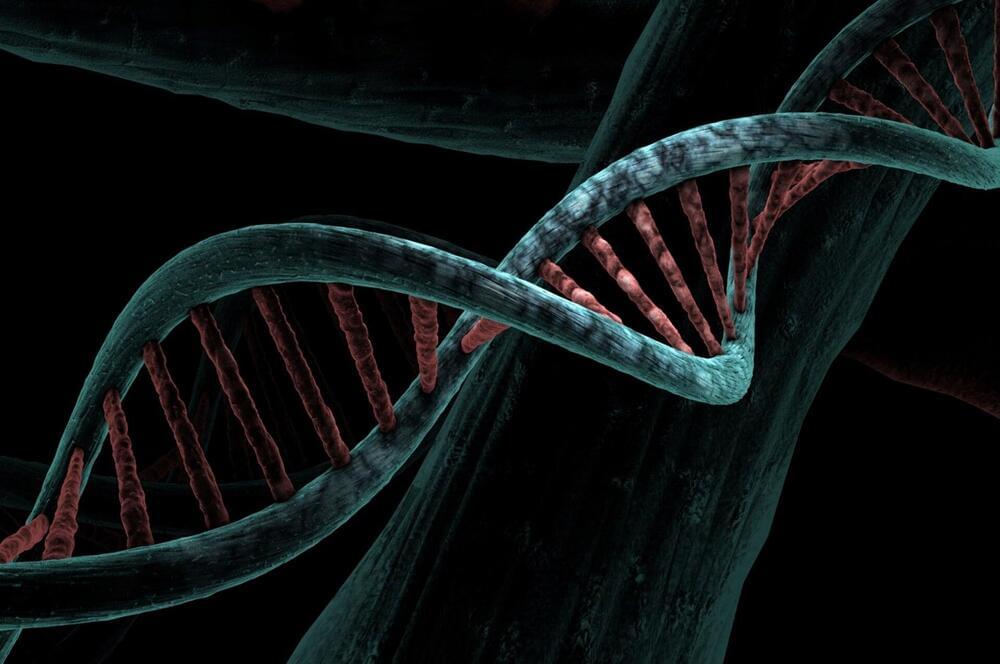
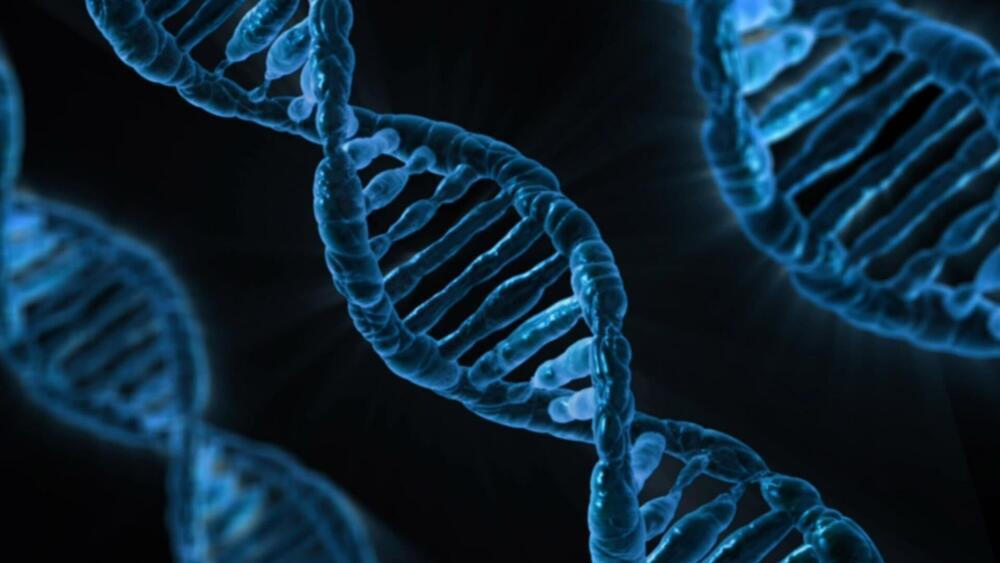
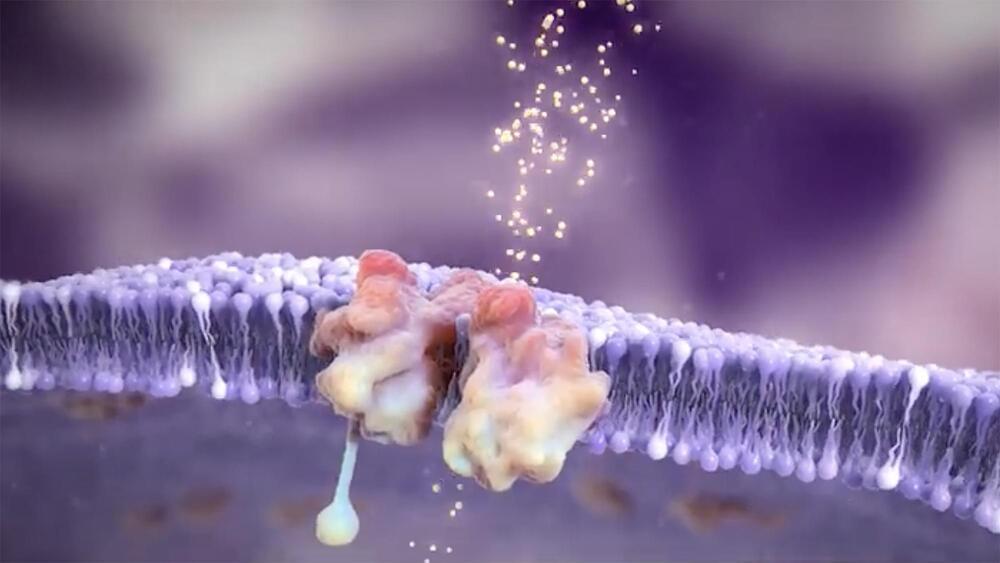
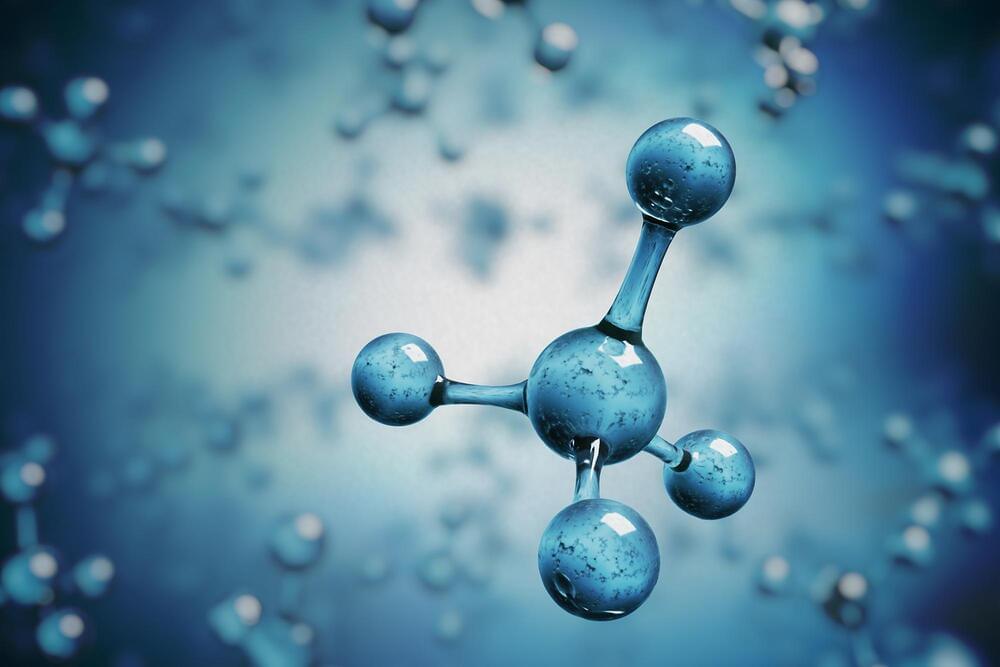

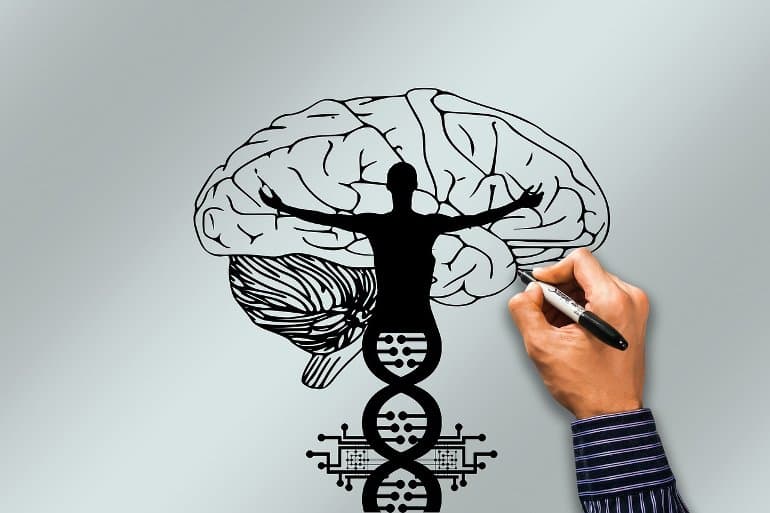
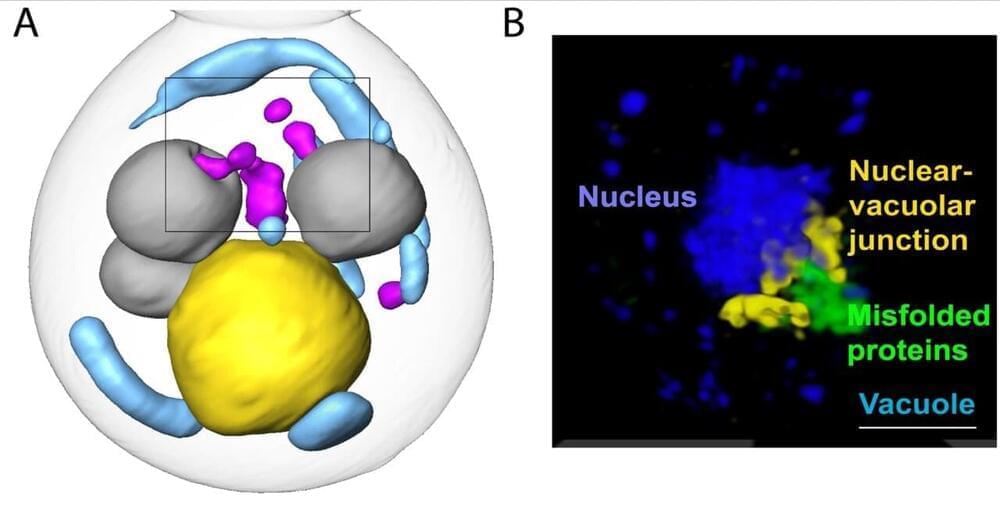
 A causal relationship exists among the aging process, organ decay and dis-function, and the occurrence of various diseases including cancer. A genetically engineered mouse model, termed EklfK74R/K74R or Eklf (K74R), carrying mutation on the well-conserved sumoylation site of the hematopoietic transcription factor KLF1/ EKLF has been generated that possesses extended lifespan and healthy characteristics including cancer resistance. We show that the high anti-cancer capability of the Eklf (K74R) mice are gender-, age-and genetic background-independent. Significantly, the anti-cancer capability and extended lifespan characteristics of Eklf (K74R) mice could be transferred to wild-type mice via transplantation of their bone marrow mononuclear cells. Targeted/global gene expression profiling analysis has identified changes of the expression of specific proteins and cellular pathways in the leukocytes of the Eklf (K74R) that are in the directions of anti-cancer and/or anti-aging. This study demonstrates the feasibility of developing a novel hematopoietic/ blood system for long-term anti-cancer and, potentially, for anti-aging.
A causal relationship exists among the aging process, organ decay and dis-function, and the occurrence of various diseases including cancer. A genetically engineered mouse model, termed EklfK74R/K74R or Eklf (K74R), carrying mutation on the well-conserved sumoylation site of the hematopoietic transcription factor KLF1/ EKLF has been generated that possesses extended lifespan and healthy characteristics including cancer resistance. We show that the high anti-cancer capability of the Eklf (K74R) mice are gender-, age-and genetic background-independent. Significantly, the anti-cancer capability and extended lifespan characteristics of Eklf (K74R) mice could be transferred to wild-type mice via transplantation of their bone marrow mononuclear cells. Targeted/global gene expression profiling analysis has identified changes of the expression of specific proteins and cellular pathways in the leukocytes of the Eklf (K74R) that are in the directions of anti-cancer and/or anti-aging. This study demonstrates the feasibility of developing a novel hematopoietic/ blood system for long-term anti-cancer and, potentially, for anti-aging.







